Breaking Down a Brush Pile With LiveScope
Since I started using the Li’L Tuffy Swimbait for catching big crappie I found out that while most brush piles I locate using Livescope have fish, many of them are small or at least not as big as I want to catch. By hitting as many brush piles as possible with Livescope I can locate more big crappie.
Some brush piles are small and big crappie love to hang around this isolated cover. After locating these smaller brush piles using Livescope I might not see any fish, but I always fish it. If I do not catch a big crappie on this isolated brush, I always mark it because I’ve learned that big crappie loves it. I will always hit these little brush piles because of this.
Small brush piles are easy enough to fish effectively. Since they are small you don’t have to break it down like with a bigger brush pile. When a big brush pile is found with Livescope I always Spot-Lock my trolling motor on the pile. I start at about 40 feet out and let the boat find its point. I might cast to the edge of the brush pile at this time. I want to fish the brush pile as quickly as possible so this initial cast can get the front of the brush pile fished before moving in to break it down.
Breaking Down Big Brush for Big Crappie
One thing I learned first as a fly fisher in Alaska and then during my bass tournament days was to break down a piece of cover like a tree or a brush pile in this case. You want to always start at the front of the brush pile and work your way into it. You never want to cast your bait all the way over the brush pile intially. By starting at the front, you can catch a big crappie without spooking the other big crappie that might be in the brush pile further back.
SHOP HERE
Start by throwing your Li'L TUFFY Swimbait to the front edge and work it over the top letting it dip just into the brush or stake bed tops. When the big crappie are biting good, they will come from the bottom to chase your bait down and engulf it. When the crappie are this aggressive it can be an enjoyable day without many hang ups. Don’t be discouraged if you don’t see a big crappie with your electronics. Oftentimes, they will be buried at the bottom of the brush pile and not visible with Livescope. So always be ready I have been surprised by giant crappie coming from out of nowhere to aggressively strike the Li’L TUFFY and snapped my line because I set the hook too hard due to being startled while watching the Livescope screen. Be ready.
If working your bait over the top of the brush doesn’t get a response, then it’s time to go a little deeper into the brush. Sometimes big crappie are halfway down and again you might not see it so work the middle section with a cast or two. During this time, I might hit my jog feature on my Ultrex trolling motor and move in a little closer. You will learn that not only are you able to work your bait a little easier, but that big crappie sometimes prefers a certain angle on the presentation. By moving in closer the angle of your retrieve changes slightly as you work your bait back to the boat.
After working the middle of the brush it’s time to go deep. This is when you might hang up but it can often produce big crappie if they don’t want to leave their station for whatever reason. Usually when a big crappie won’t chase your bait and you must get in there with him it means that he is not hungry or has been pressured and is just reluctant to bite. So, work the Li’L TUFFY Swimbait slowly through the base of the brush pile. Many times, I have thought I was hung and when I pulled, I saw on my Livescope that I had a big crappie hooked up.
Once you have worked the front edge of the brush pile it’s time to go deeper and work the middle. Work the middle of the big brush pile or tree the same sequence as the front section. Front, middle then bottom. Again, by doing this you reduce the chances of spooking any crappie in the other parts of the pile. When fishing pressured lakes crappie will stop biting when they see one caught. After working your bait through the middle section, you can go to the back and work it the same way.
This sounds like it might take a lot of time. However, you can work a big brush pile with Livescope in just a few minutes and move on to find another. Sometimes you can catch a few crappie from one brush pile but most of the time I have found that catching one big crappie will shut the other crappie down. They might follow or they might lock down but either way they are done biting for the moment. You can return to the same pile that you caught the big crappie in and pick up another one. You especially want to do this when you see a good one or two in the brush pile when you caught one.
Locating brush piles and other cover using Livescope is a highly effective way to catch a lot of crappie. When looking for big crappie you need to work the brush pile as described and not only ignore the smaller crappie but even keep your bait away from them because if you catch a small one it might lock down the big crappie and they become even harder to convince that they want to eat your presentation.
One tip for working a brush pile or brush piles as efficiently as possible is to consider getting a Loc N’ Knock by Leland Lures. With this tool you can fish deep in the brush and when you hang up you can move up over the brush pile and drop the Loc N’ Knoc down onto your jig or Li’L Tuffy Swimbait to dislodge it. This saves lures as well as allowing you to move on to find another brush pile or drop back and continue fishing the one you hung in. If you are carefule you can dislodge your bait without spooking the crappie within. I even caught a crappie and a couple bass when the bait came free. This little tool never leaves my boat, even when I wash it. I have left it home a couple times and soon realized how often the Loc N’ Knoc came in handy.
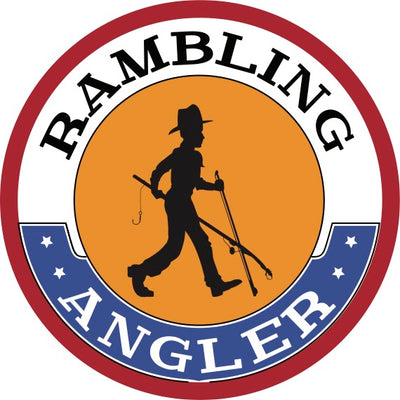
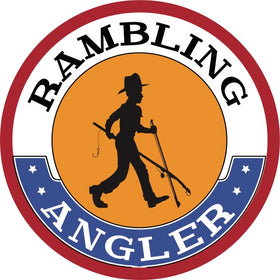


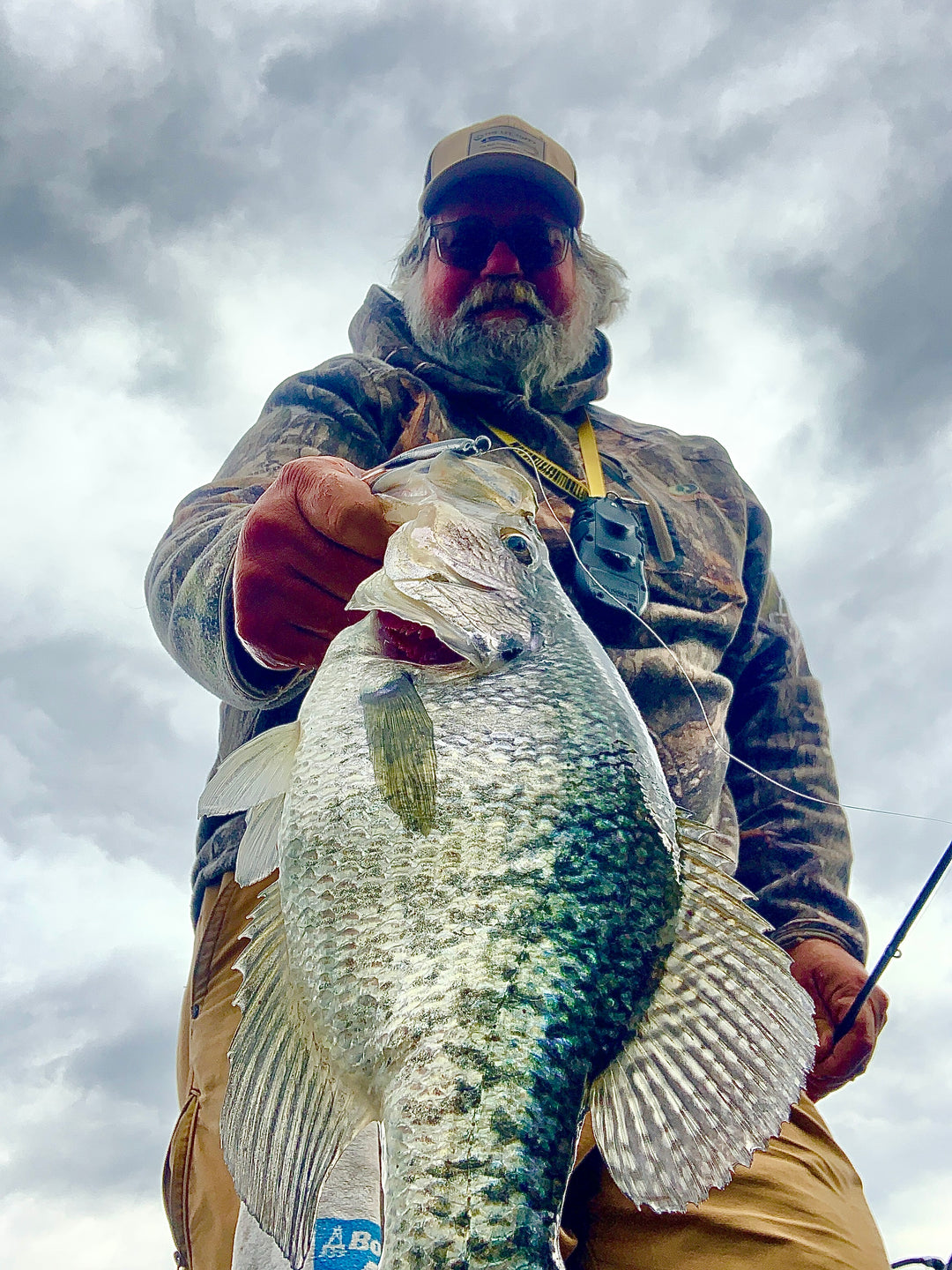
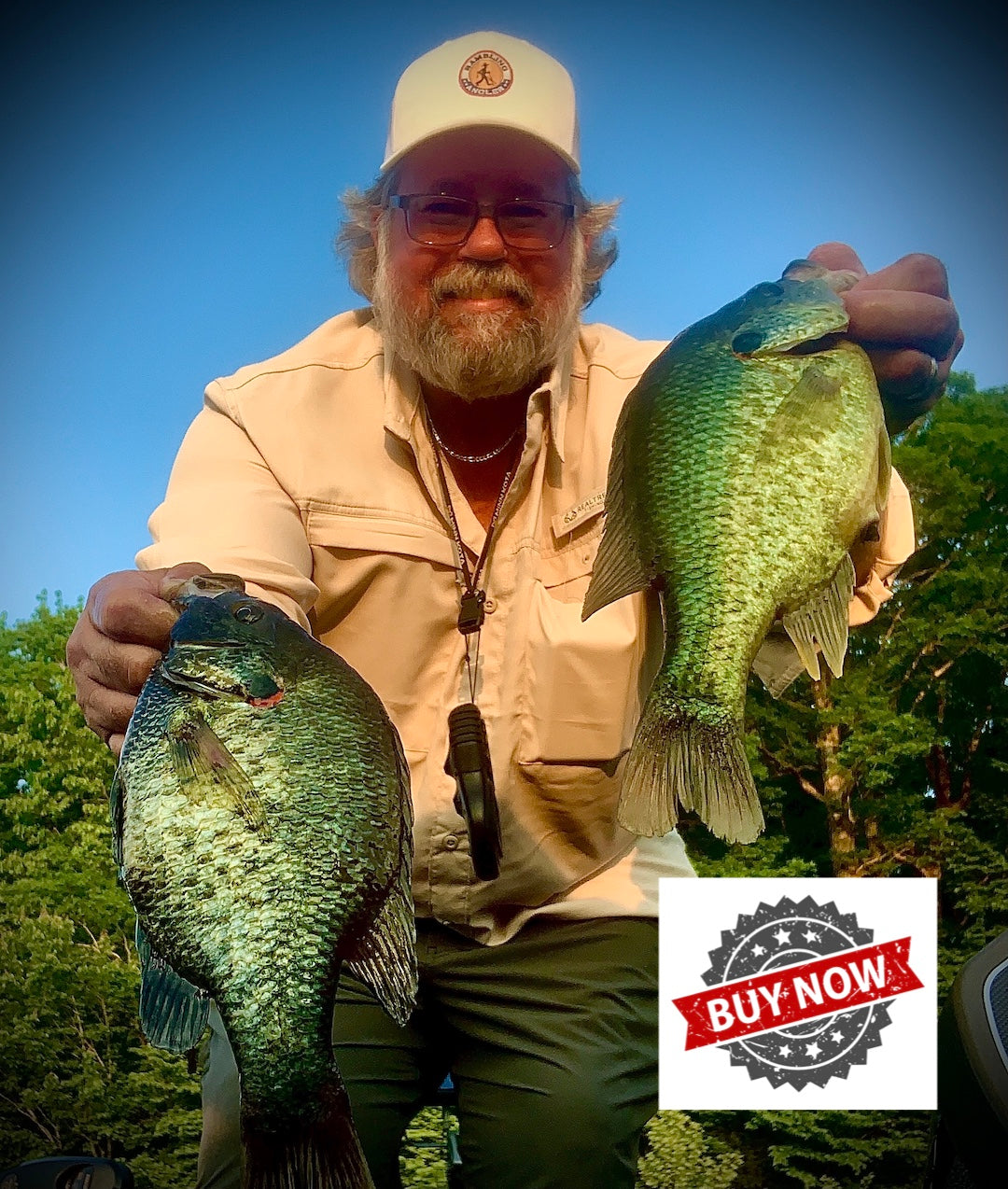
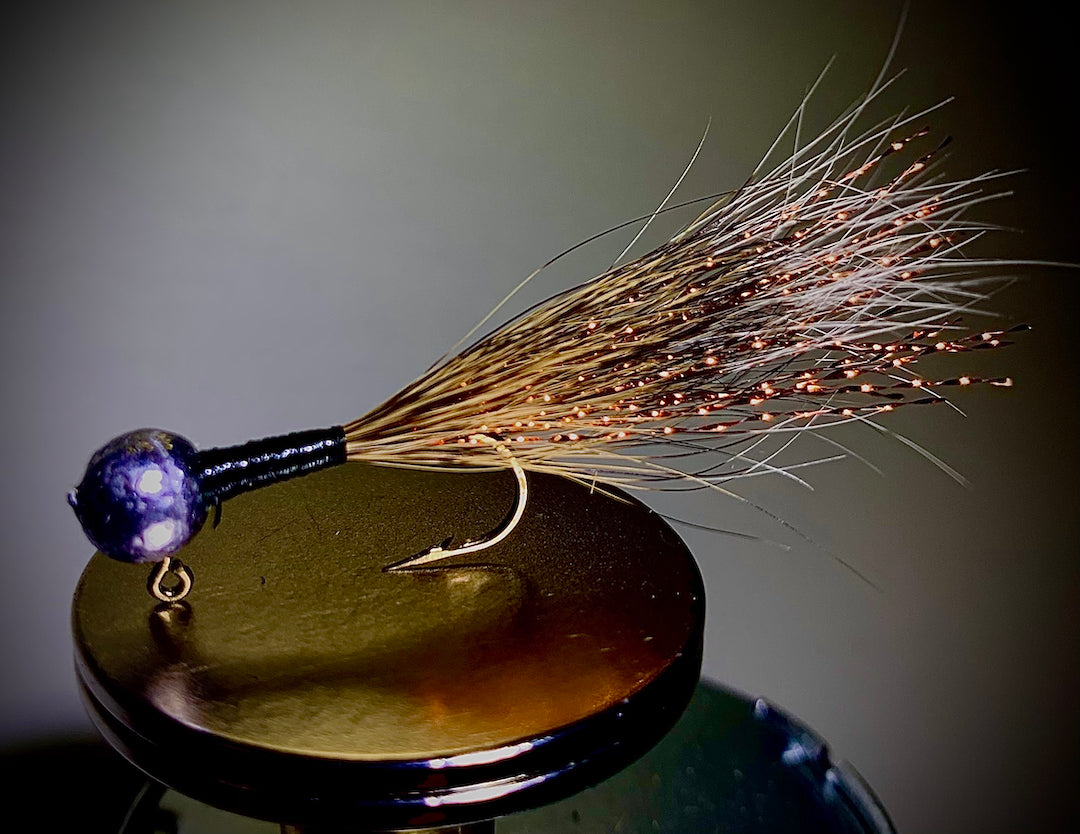
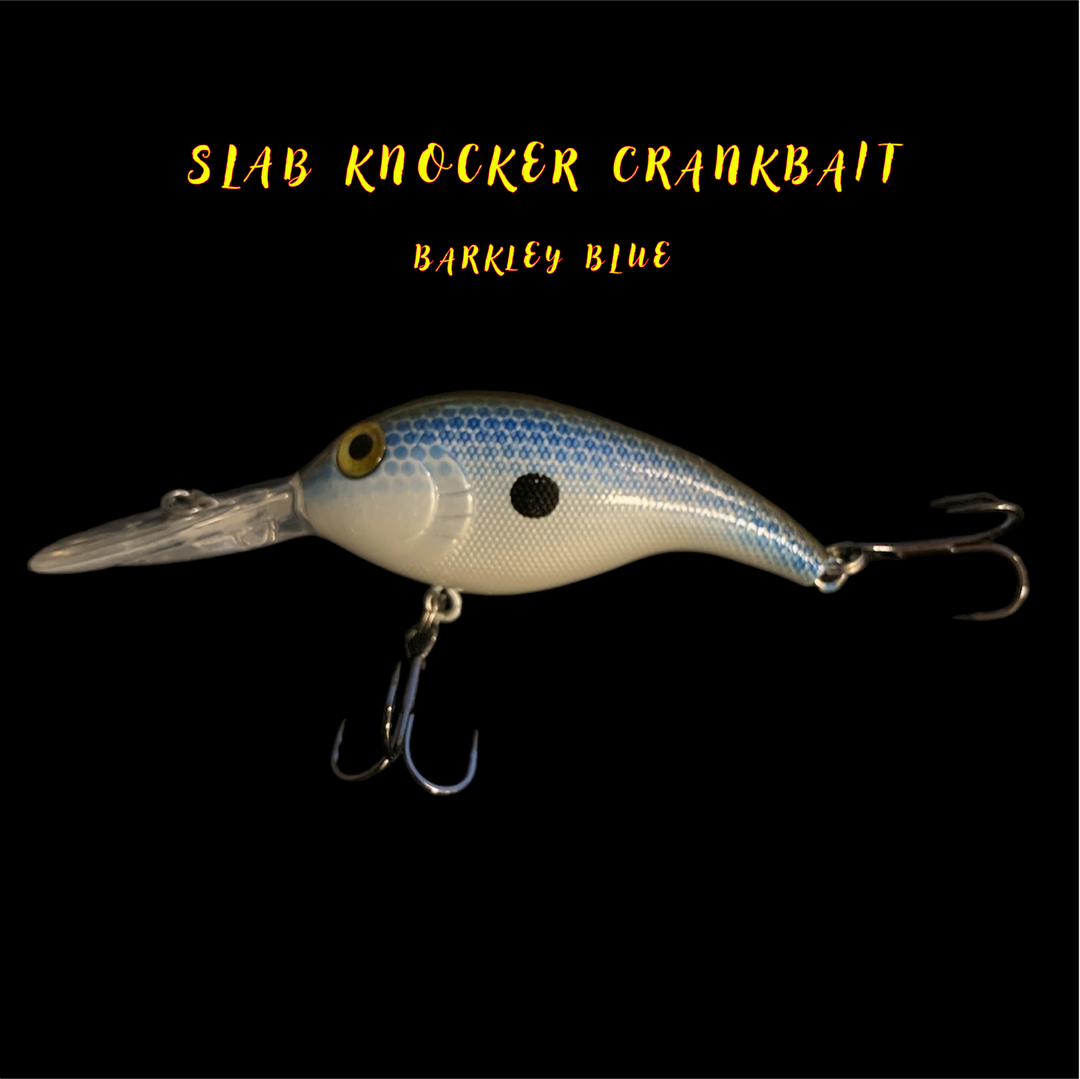
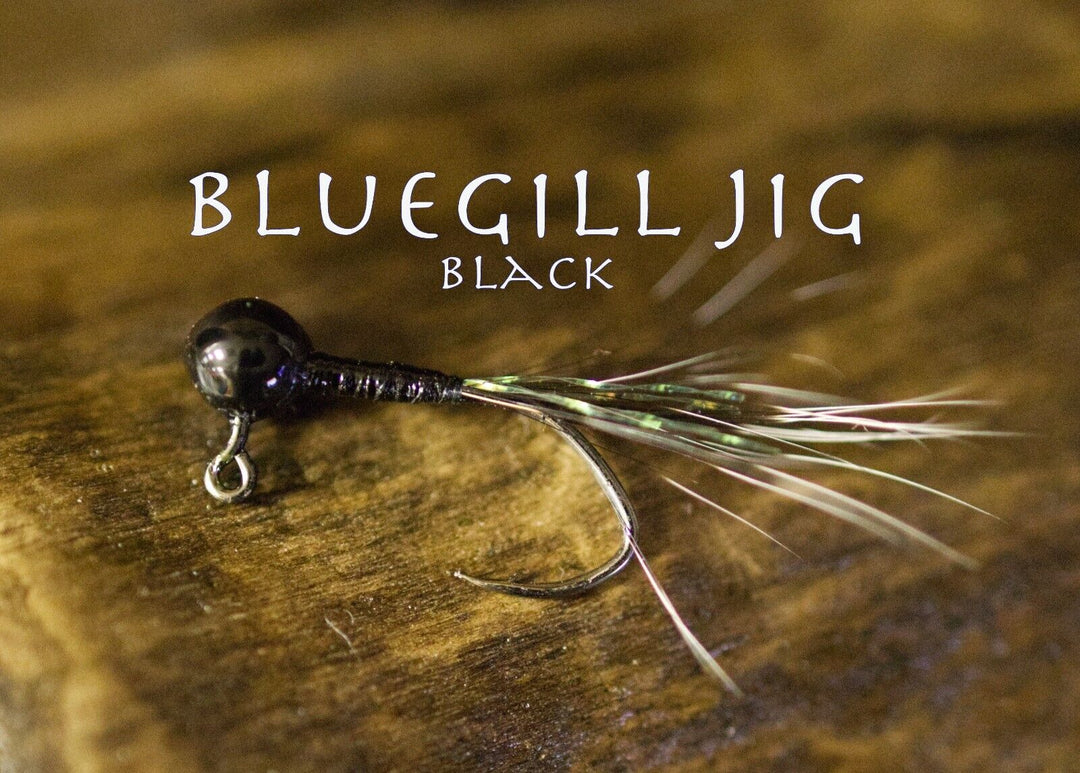






Great info!! Just got my livescope and havnt even hooked it up yet, it’s gonna be a game changer for sure!! I’ll be purchasing a “lock n knock” today. Crappie are not safe in or aroun Deb Lake Okeechobee!!🤣🤣
Great info Ken!
Leave a comment